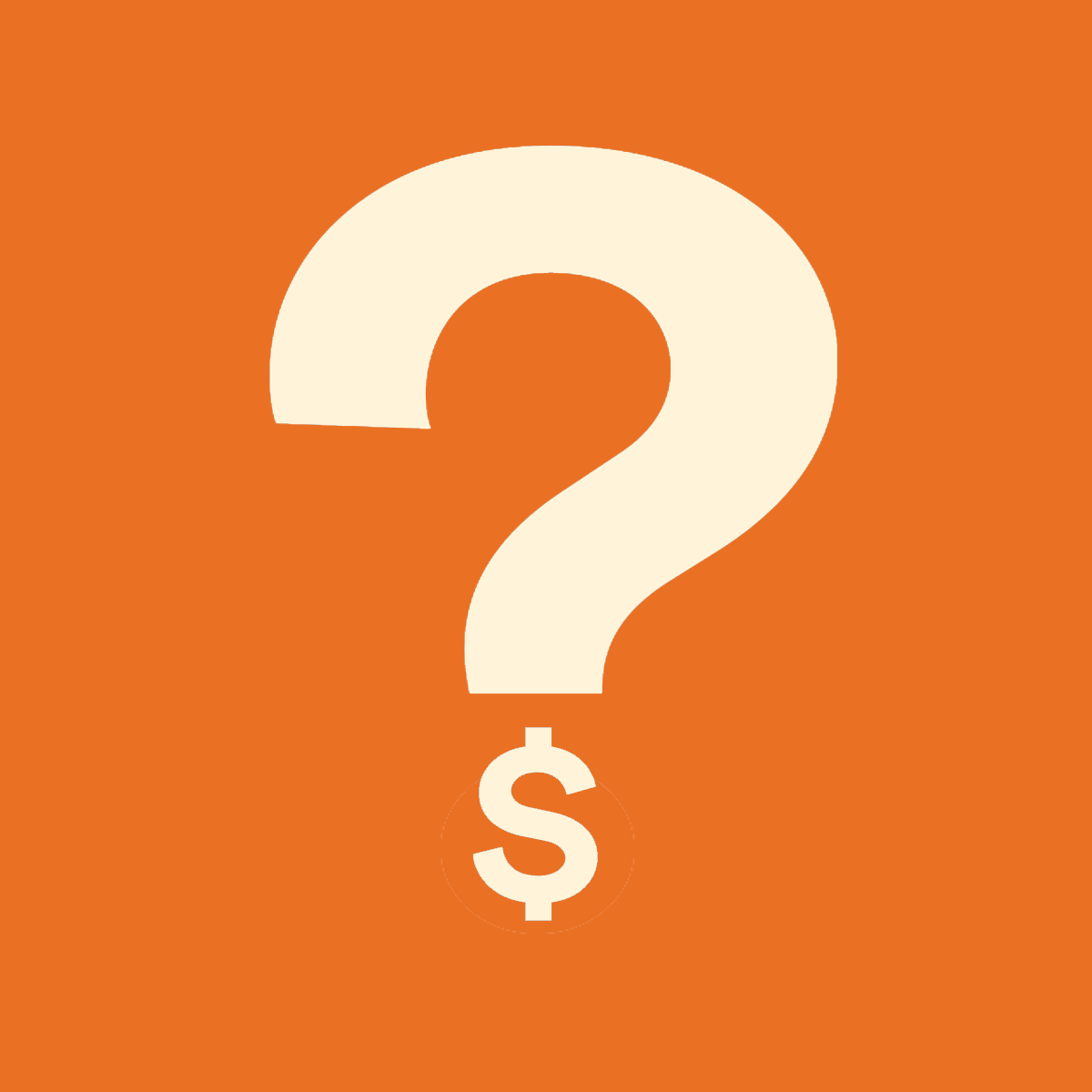RSP vs. RRSP: What's the difference?
When planning for your financial future, you might hear terms like “RSP” and “RRSP” tossed around interchangeably — and you probably have questions. What’s the difference between an RSP and an RRSP? Is there even a difference? And if so, which one is better?
Before we dive in, let’s clear up the confusion. An RRSP, or Registered Retirement Savings Plan, is a special account offered by the federal government to help Canadians save for retirement. Think of it as a container that can hold many different types of savings or investment products, such as GICs, mutual funds, stocks, bonds or savings accounts. It offers amazing tax benefits — contributions can be deducted from your taxable income, and any tax on growth in the account is deferred until you withdraw, usually in retirement — to help speed up your savings journey.
An RSP, or Retirement Savings Plan, is a broad term that refers to any type of retirement savings account in Canada. This includes RRSPs. The two terms are also often used interchangeably.
Clear as mud? Don’t sweat it! Read on to understand the key differences between RSPs and RRSPs so you can make an informed decision.

Is an RSP and an RRSP the same thing?
Yes, RSP and RRSP are essentially the same thing. “RSP” is just short for “Retirement Savings Plan,” whereas “RRSP” stands for “Registered Retirement Savings Plan.” Both describe the same special account to help Canadians save for retirement. The biggest difference is that an RSP becomes an RRSP once officially registered with the Canada Revenue Agency (CRA).
What does it mean to “register” an account?
“Registering” an account with the CRA “activates” the tax benefits. By doing so, you follow CRA rules that give you access to perks like tax-deductible contributions and tax-deferred growth. Typically, your financial institution handles this process.
Think of it like buying a car — once the paperwork is done, you’re ready to drive off the lot. Similarly, registering gives your RSP the official status needed to unlock RRSP benefits.
Key features and benefits of an RRSP
You’ve probably heard financially savvy people talk about the wonderful world of retirement accounts, but what exactly makes an RRSP so great? Time to break it down.
How does an RRSP work?
In a nutshell, RRSPs are a vehicle for saving for retirement. Now, let’s peek under the hood to see the mechanics.
- Tax benefits: When you put money into an RRSP (aka your “contribution”), you can deduct that amount from your taxable income. This might lower the taxes you owe for the year (and possibly lead to a tax refund!). Plus, the money in your RRSP grows tax free until you take it out, usually when you retire.
- How to contribute: Adding money to your RRSP is a cinch. Once your account is set up, you can create an automatic savings plan that sends a chunk of your savings directly to your RRSP. Tangerine Clients can use an Automatic Savings Program to automatically contribute a set amount to their investment account at weekly, biweekly or monthly intervals. You can also add money to your RRSP whenever you want — it’s entirely up to you!
- Contribution deadline: You have until 60 days into each calendar year to contribute to your RRSP if you want to deduct the contribution amount from your taxable income for the previous year. However, the deadline may vary depending on whether the 60th day falls on a weekend or during a leap year. Be sure to check the exact date each year to avoid missing the deadline.
Example: If you contribute $5,000 to your RRSP and want to deduct your contribution from your 2024 taxable income, you have until March 3, 2025, to make your contribution. If you contribute past that deadline, that $5,000 will count toward your 2025 contribution limit instead.
- Contribution limits: How much you can put into your RRSP annually depends on your income from the previous year, and there’s a maximum amount set by the Government. For 2025, you can contribute 18% of your 2024 income, but not more than $32,490. Didn’t use all your contribution room? You can roll those unused dollars forward to help boost your savings later. However, contributions can only be made until December 31st of the year you turn 71 years of age. Check your RRSP contribution room in your CRA MyAccount.
- Withdrawing funds: You can take money out of your RRSP whenever you want, but the amount will be taxed as income. There are exceptions, like the Home Buyers’ Plan or the Lifelong Learning Plan, that allow withdrawals without paying tax.
RRSP benefits
An RRSP has great perks that make it ideal for retirement savings. Here’s your cheat sheet:
- Tax-deductible contributions: The money you contribute to your RRSP lowers your taxable income, which can help you pay less tax or get a tax refund.
- Tax-deferred growth: You don’t pay taxes on any gains (including your contributions and earnings) in your RRSP until you withdraw funds. If your taxable income is lower in retirement than when you made your contribution, your withdrawals will be taxed at a lower rate, resulting in overall tax savings.
- Carry forward unused contribution room: If you didn’t max out your RRSP contribution limit this year, you can carry over the unused amount for the future.
- Borrow for a home or education: You may be able to take money from your RRSP to help buy your first home (up to $60,000) or to cover education costs (up to $20,000) without paying taxes, as long as you pay it back within a certain time. Read more about the Home Buyers’ Plan and the Lifelong Learning Plan.
- Spousal RRSPs are also a thing: Team up for tax savings! If you earn more than your spouse, you can throw some dough into their RRSP. This can lower the total tax you both pay. Winning!
- Flexible investments: You can hold a range of investments within your RRSP, such as GICs, stocks, bonds, mutual funds, and ETFs. Tangerine provides RSP Savings Accounts, RSP GICs, and RSP Investment Funds. Read our beginner's guide to investing.
FAQs: RSP and RRSP
Can I have more than one RSP?
Yes! Many people open accounts at different financial institutions or invest in multiple ways to spread out their savings, but they all count towards your total RRSP contribution room. Just make sure to follow CRA rules about total contributions to avoid any penalties.
Can I transfer funds from a non-registered account to an RRSP?
Yes, you can move money from a non-registered account to an RRSP. Remember, whatever you transfer must fall within your RRSP contribution limit to qualify for the tax deduction and avoid penalties.
Can I withdraw money from my RSP?
Yes, you can withdraw money from your RSP, but you’ll usually have to pay taxes on whatever you take out. Also, once you cash out your RRSP, you lose that contribution room forever — so you can’t put it back later. There are exceptions, like using the money to buy your first home or fund your education, whereby you can withdraw a certain amount tax free if you promise to pay it back later.
READ MORE: TFSA and RRSP contributions: what you need to know
Which is better: RRSP or RSP?
There’s no significant difference between the two. At Tangerine, an RRSP and an RSP are essentially the same thing. “RSP” is just a catch-all term used to describe the account before it’s registered with the CRA, while “RRSP” is the term for the registered version.
Start investing in your future
Phew! You made it this far? Good for you! Now that you’ve learned the difference between RSPs and RRSPs, you can take action. Remember, even little contributions today (or “inchstones”) can lead to a payoff in retirement. Don’t forget: Tangerine is here to help every step of the way!
Ready to start investing?
We’ve got simple options that keep your money working for you in the short and long term.

